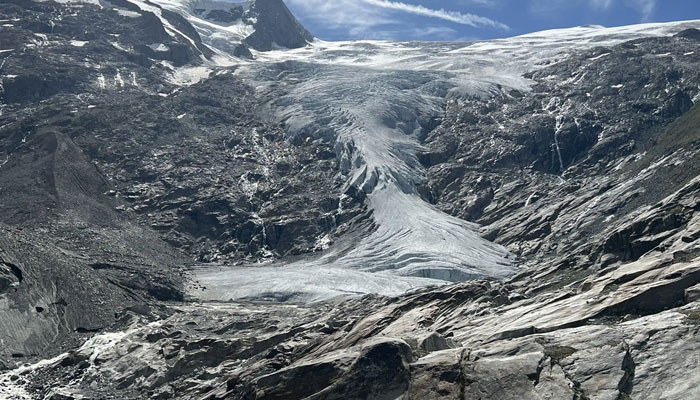Dead body missing for 22 years found in Austria's fastest melting glacier
The remains were located at a height of 2,900 meters (9,500 feet)
August 24, 2023

The remains of a man — believed to have died more than 20 years ago — have been discovered on a quickly melting glacier in Tyrol, Austrian.
The remains were located at a height of 2,900 metres (9,500 feet) with a nearby rucksack yielding a bank card and driver's licence, prompting police to deploy a helicopter for retrieval. It is believed that the deceased, who possessed ski touring equipment, met his fate in 2001.
The glacier in question is recognised as one of Austria's fastest melting glaciers, with the Austrian Alpine Club reporting a loss of 89.5 meters in its 2021/2022 assessment.
Multiple similar cases have been reported this summer as the diminishing glaciers uncover long-kept secrets. In June, human remains and bones were discovered on the same Tyrolean glacier by a climber within the Venediger mountain range.
DNA testing is ongoing for these remains, believed to have been buried in ice in the Schlatenkees for decades.
Such incidents are relatively rare, and Christian Viehweider, a police spokesperson, highlighted the unusual nature of two discoveries occurring on glaciers in close succession.
Switzerland has had similar cases, as the body of a German climber who disappeared in 1986 was recently located on a glacier near the Matterhorn mountain.
The thawing ice revealed hiking gear coming out of the surface. DNA analysis confirmed the climber's identity, ending 37 years of uncertainty since his disappearance during a hike.
The overarching concern surrounding rapidly melting glaciers in both Switzerland and Austria is magnified by the current hot summer conditions. These glaciers serve as vital water storage, feeding into European rivers such as the Rhine and the Danube.
The stored winter snow bolsters agricultural needs and provides cooling water for nuclear power plants, emphasizing the ecological and societal importance of preserving these critical ice formations in the Alpine region.









